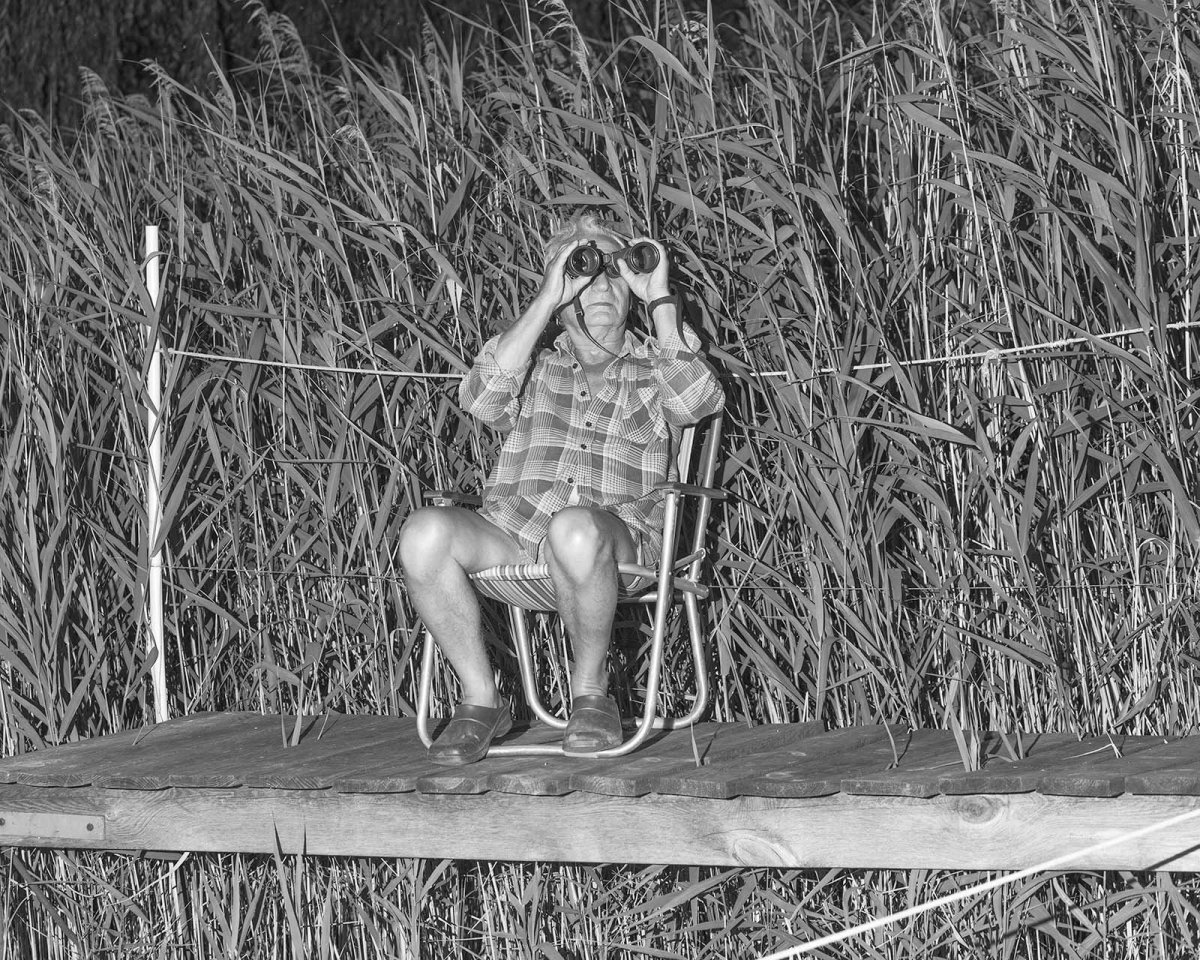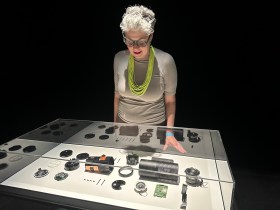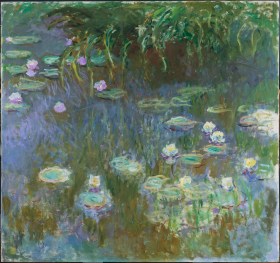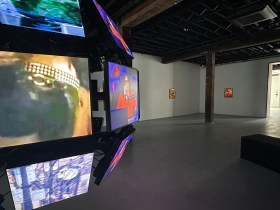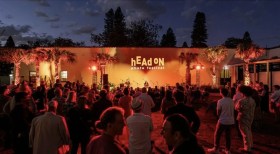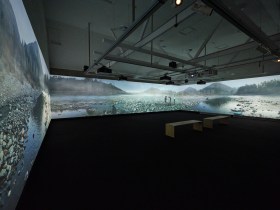The Belfast Photo Festival celebrated its 11th iteration this year with the theme ‘Biosphere’, inviting artists and audiences to experience new imagery, commissions and projects ‘that spark positive change in how we view and inhabit our shared Earth’.
Displayed in traditional and alternative settings across the city, and further afield in its outreach program, the works transcend documentation and creativity.

